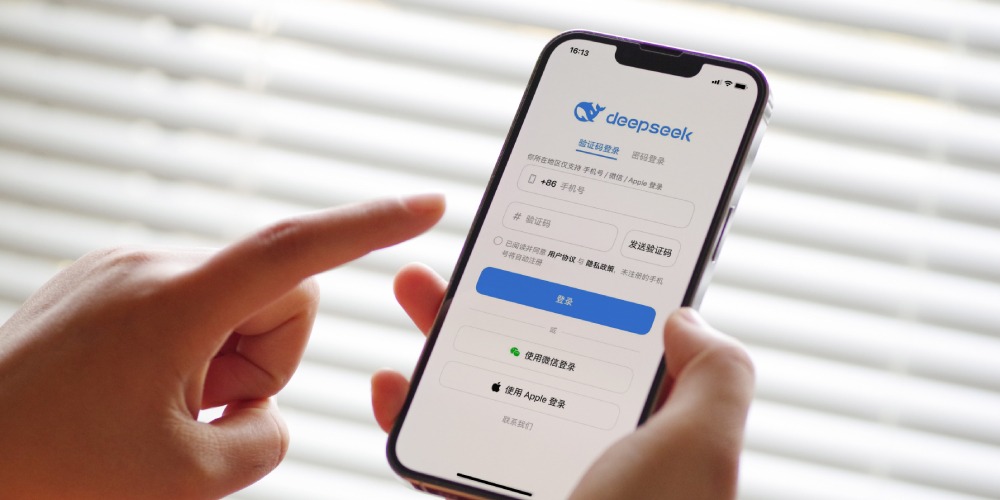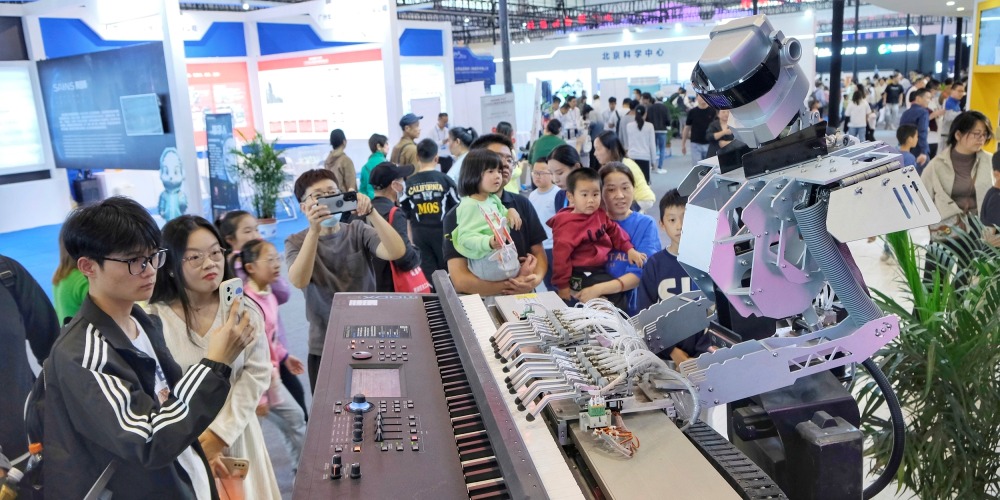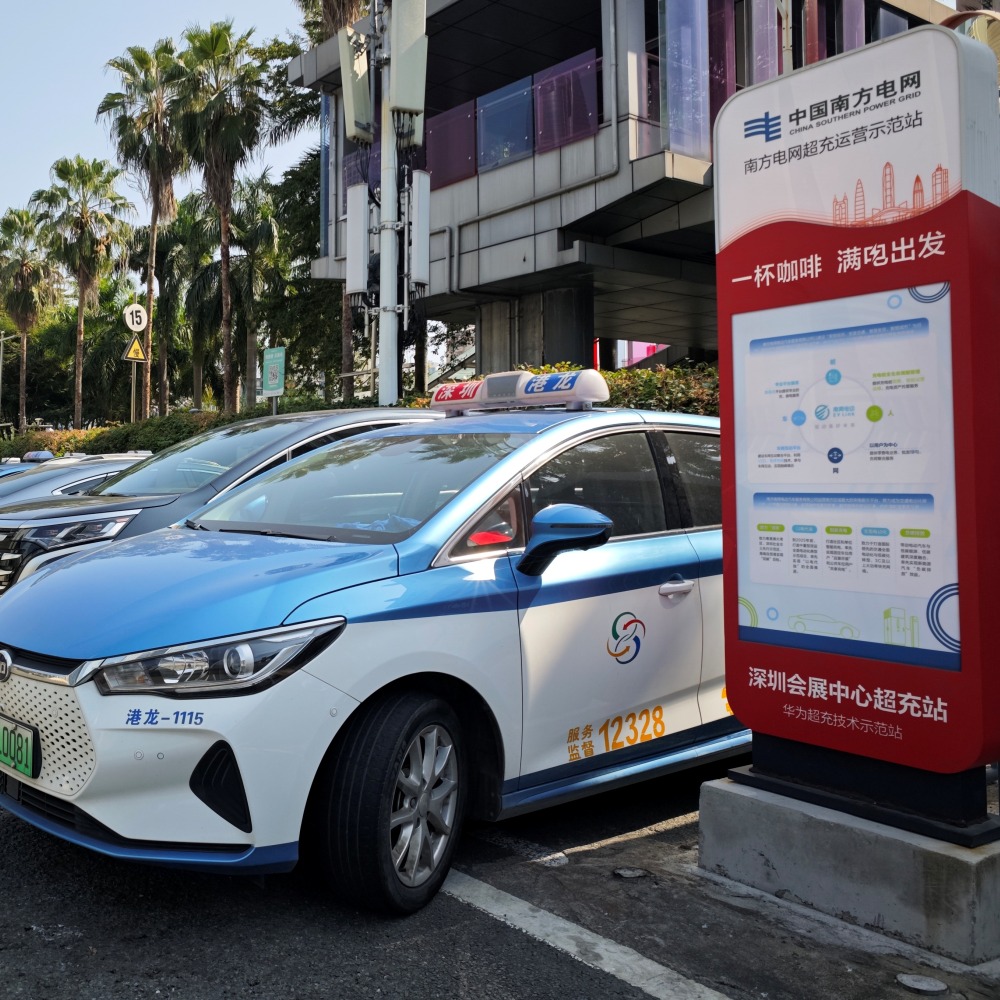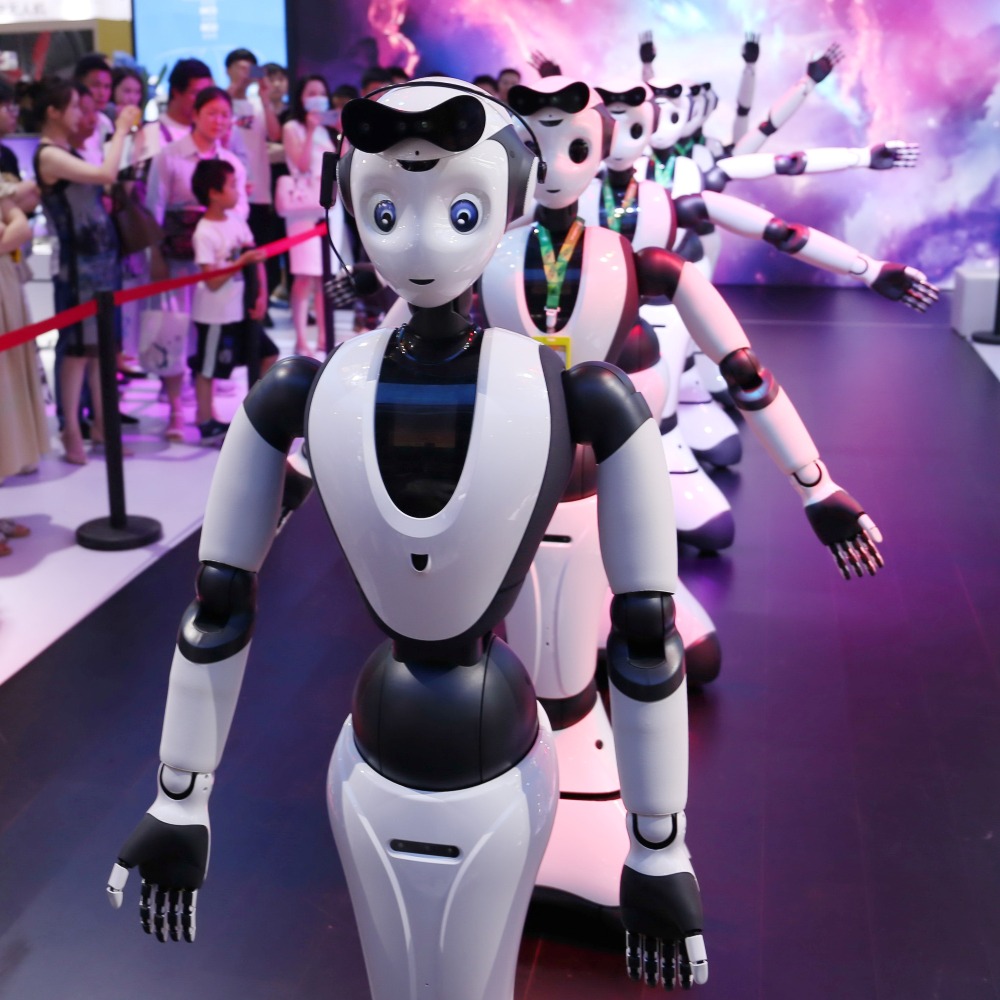Published : 2025-02-21
Two years ago, the generative AI ChatGPT burst onto the scene. Two years later, China's AI industry has caught up, with DeepSeek sparking global discussions.
In fact, in addition to DeepSeek, many AI models and tools in China are gradually being perfected and entering the lives of the general public.
What are the most popular China AI tools? How should one choose among the many tools available?
Here is a look at the top 3 AI models in Mainland China: DeepSeek, Kimi, Doubao.
Based on large language models (LLMs), AI chat tools generally learn through massive amounts of text to understand and generate human language.
They can engage in conversations, writing, translating, and answering questions. Some can even organise data, write code, or solve complex math problems.
Backed by complex algorithms and vast amounts of data, they are like experienced detectives, who are able to mine valuable information from large datasets. They are also like smart assistants who can help you solve various problems.
DeepSeek: Outstanding performance in logical reasoning
The recently viral DeepSeek comes from a small private company in China's Hangzhou. It rose to prominence unexpectedly, not only rivalling OpenAI but also adopting a "small investment, great output" strategy by significantly reducing the cost of reasoning models.
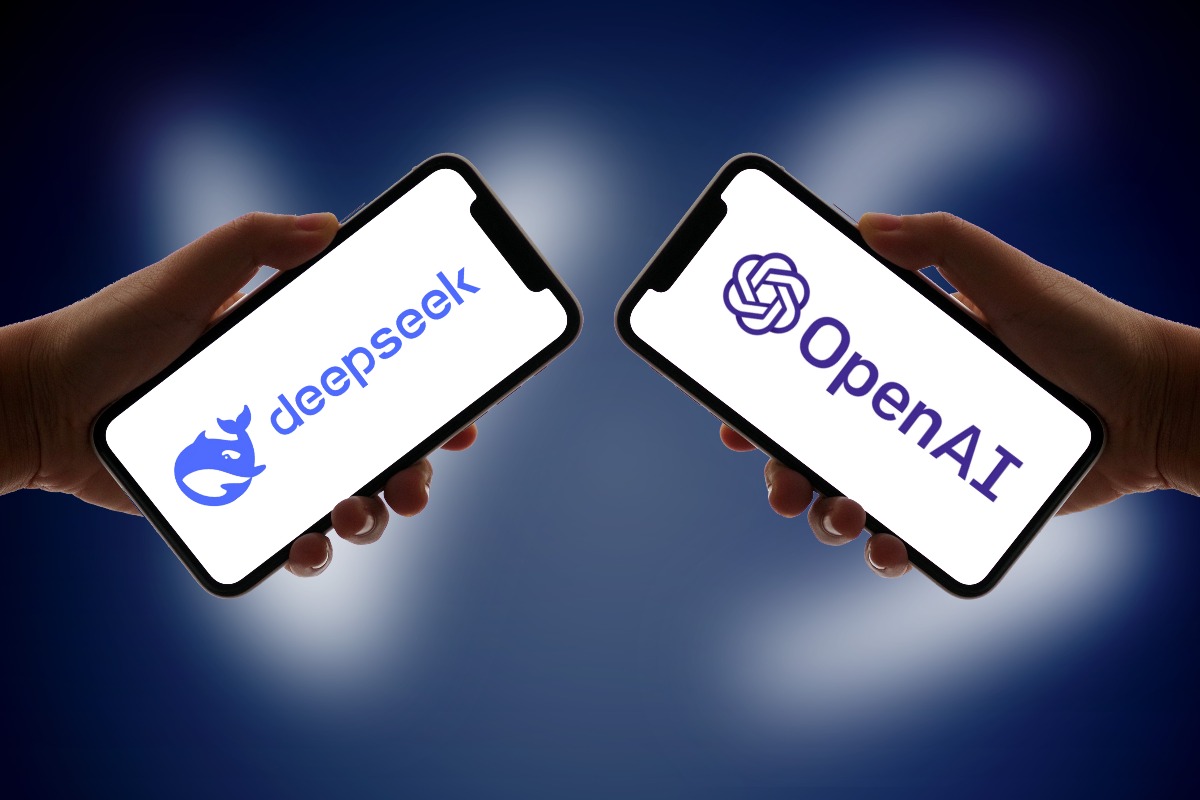
For ordinary users, the most commonly used versions are V3 and R1, each excelling in different functions.
V3, or version 3, is the third version of the DeepSeek series, a general-purpose model more suitable for general tasks such as natural language processing, knowledge Q&A, and content creation.
R1, on the other hand, is reasoning 1, the first version focusing on reasoning abilities. It is more suitable for tasks like mathematical reasoning, code generation, and complex logical reasoning. A major feature of R1 is that it can display its thought process during conversations, which other tools, including ChatGPT, do not have.
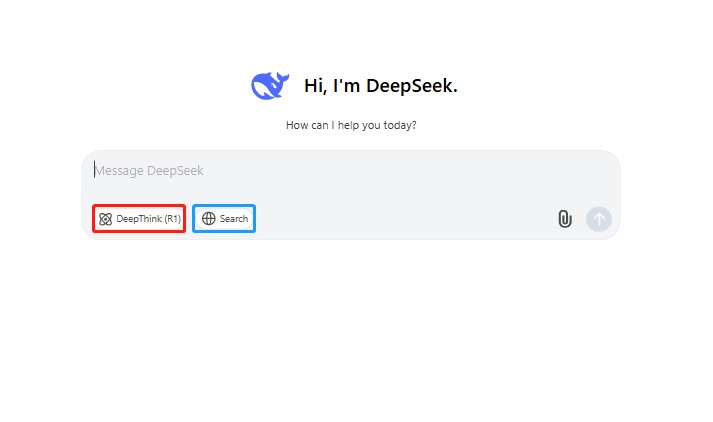
Compared with other AI models, the most significant advantage of DeepSeek is its logical reasoning and mathematical problem-solving abilities.
It can quickly and accurately solve complex math problems and supports the automation of programming tasks, making it a competent assistant for developers.
Its bold adoption of an open-source strategy, which makes the AI model's code, tools, and design publicly available, greatly lowers the technical barriers, allowing more users to easily try and deploy AI models.
The realm of literature and art has long been considered a weak spot for AI, yet DeepSeek has a profound capability to process the Chinese language, demonstrating impressive performance in creative writing and poetry composition.
Some netizens have used different tools to write martial arts novels, and among them, DeepSeek's narratives stand out with more plot twists, richer details, and a greater sense of "human touch," making it the best performer.
Read more: What's the story of DeepSeek and its founder Liang Wenfeng?
Kimi: Expert in document summarisation and knowledge Q&A
Kimi is developed by Moonshot AI (月之暗面), an AI company based in Beijing, and the greatest advantage of Kimi is its outstanding capability of processing long-text. It is particularly adept at reading and summarising, meeting users' needs to process a large amount of information.
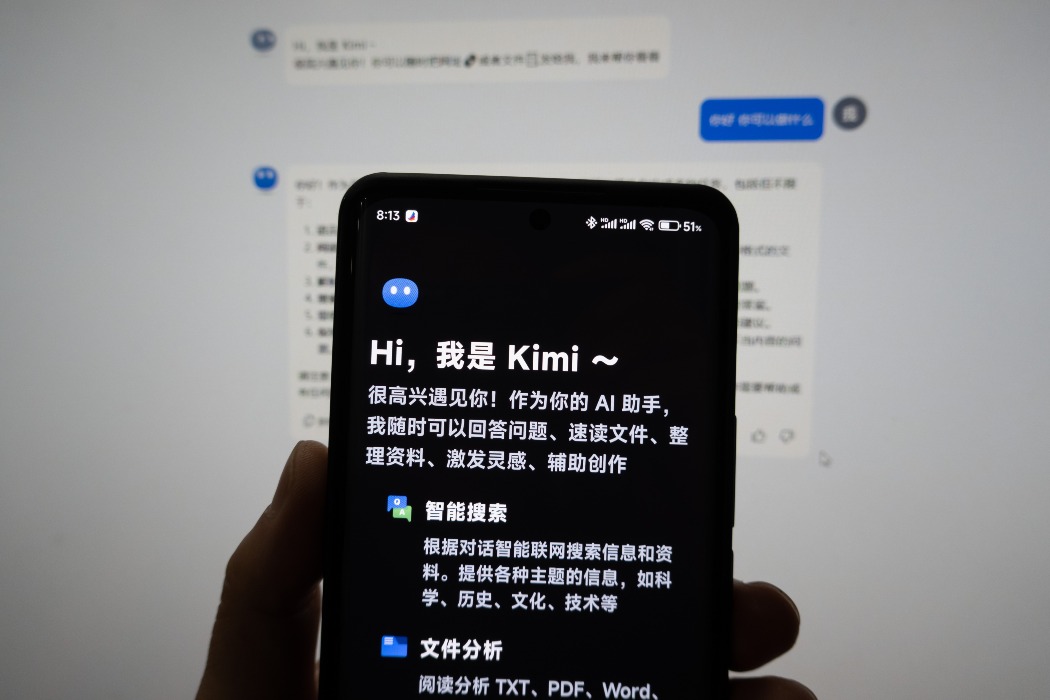
Kimi supports ultra-long text input of up to 2 million Chinese characters. Whether it's academic papers, professional reports, or long novels, Kimi can quickly extract core points of the content and generate high-quality summaries.
Therefore, Kimi is particularly suitable for researchers to handle literature and extract key information, as well as for general users to do long readings, get an overview and highlights of the book.
On its official website, Kimi "introduces itself" as an intelligent assistant with an enormous "memory", capable of devouring a 200,000-word novel in one go and surfing the internet with ease, which succinctly summarises its main selling points.
Read more: Off the beaten path? Chinese tech giants' zeal for AI pig farming
Doubao: User-friendly interface and one-click image generation
Doubao, developed by a subsidiary of ByteDance (the parent company of TikTok), focuses on entertainment and personalised interaction.
It has rapidly gained popularity in recent months, with its biggest advantage being a user-friendly interface, which divides different scenarios for users, making it simple and easy to use.
The main selling point of Doubao is "an AI tool specially designed for workers," describing itself as "an indispensable tool for work." It shows that compared to capabilities of reasoning and text processing, it places more emphasis on practical scenarios and user experience.
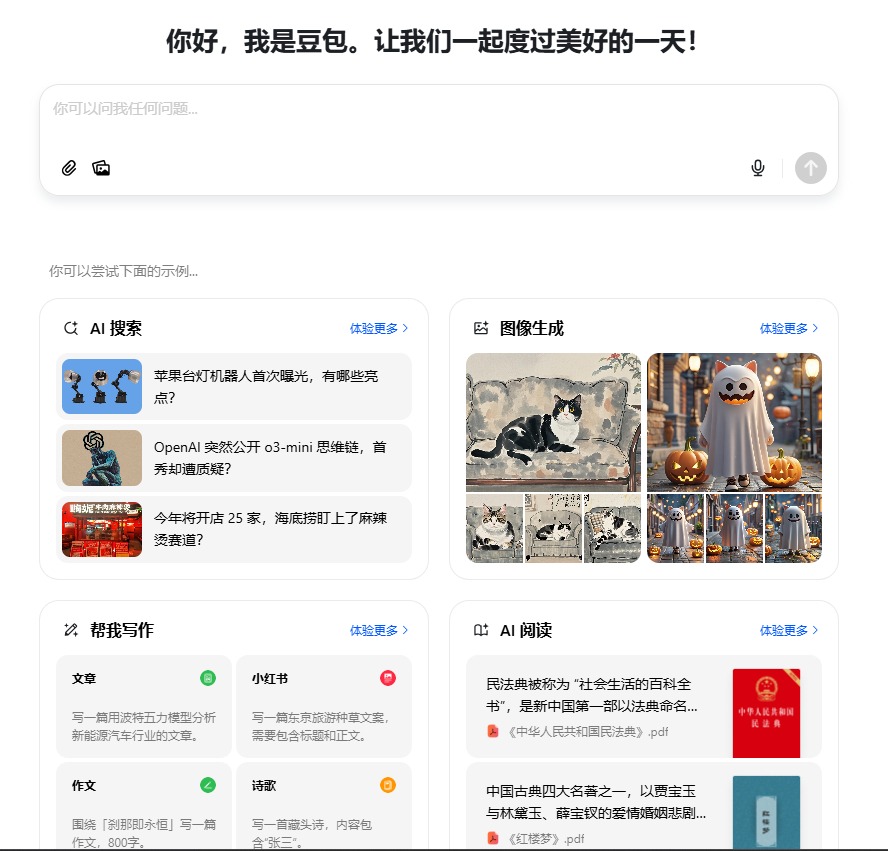
AI chat tools are usually in the form of a dialogue box, but Doubao divides the homepage into four major modules: AI search, image generation, help me write, AI reading, which clearly present the usage scenarios.
After clicking "help me write," users can directly choose various modes, such as long-form writing, promotional copy, papers, research reports, poetry etc.
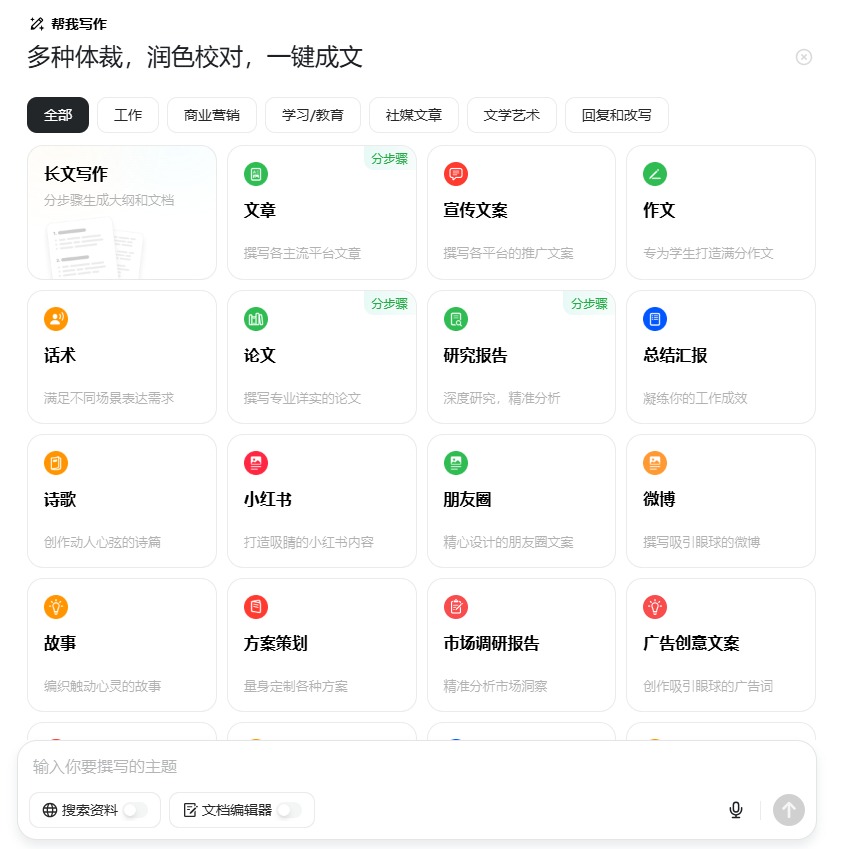
Another major feature of Doubao is that it can not only process text but also generate images based on text descriptions. This makes it widely applicable in various daily scenarios such as intelligent customer service, content creation, and educational assistance.
In conclusion, DeepSeek is best suited for handling reasoning problems and programming tasks; Kimi excels at information retrieval and long text processing; while Doubao is the most "user-friendly" one, offering better user experience.
Additionally, all three AI tools are free and can be used after a simple registration process.
Besides, Chinese AI tools, such as Ernie Bot (文心一言) by Baidu and Tongyi Qianwen (通義千問) by Alibaba, are also constantly improving. How AI will change our work and life remains to be seen.
Read more: How can AI help "find" 200,000 pages of ancient books?
